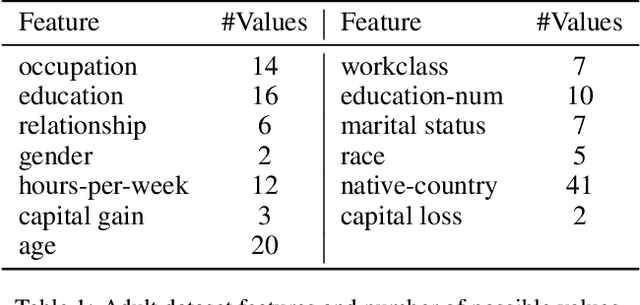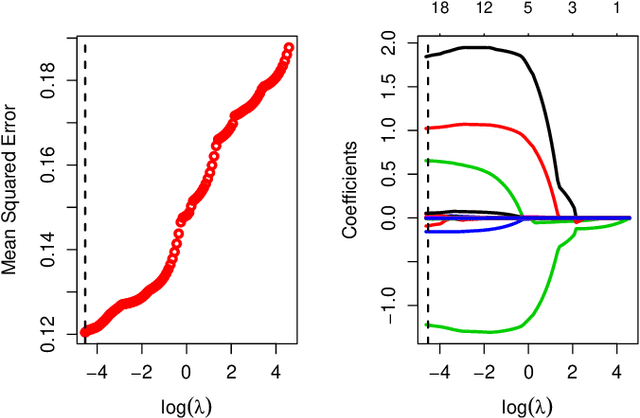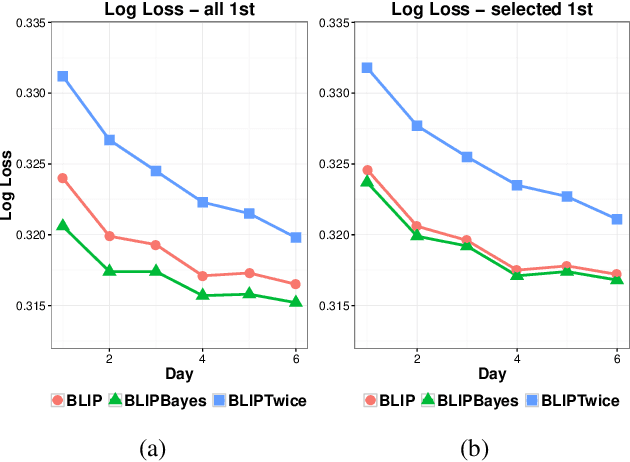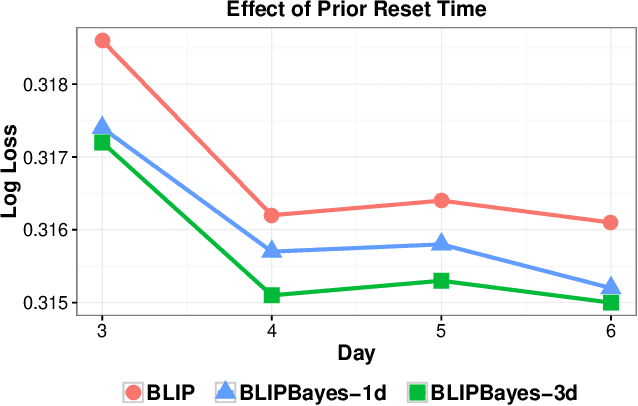Sareh Nabi
Towards Robust Legal Reasoning: Harnessing Logical LLMs in Law
Feb 24, 2025Abstract:Legal services rely heavily on text processing. While large language models (LLMs) show promise, their application in legal contexts demands higher accuracy, repeatability, and transparency. Logic programs, by encoding legal concepts as structured rules and facts, offer reliable automation, but require sophisticated text extraction. We propose a neuro-symbolic approach that integrates LLMs' natural language understanding with logic-based reasoning to address these limitations. As a legal document case study, we applied neuro-symbolic AI to coverage-related queries in insurance contracts using both closed and open-source LLMs. While LLMs have improved in legal reasoning, they still lack the accuracy and consistency required for complex contract analysis. In our analysis, we tested three methodologies to evaluate whether a specific claim is covered under a contract: a vanilla LLM, an unguided approach that leverages LLMs to encode both the contract and the claim, and a guided approach that uses a framework for the LLM to encode the contract. We demonstrated the promising capabilities of LLM + Logic in the guided approach.
Advancing Ad Auction Realism: Practical Insights & Modeling Implications
Jul 21, 2023Abstract:This paper proposes a learning model of online ad auctions that allows for the following four key realistic characteristics of contemporary online auctions: (1) ad slots can have different values and click-through rates depending on users' search queries, (2) the number and identity of competing advertisers are unobserved and change with each auction, (3) advertisers only receive partial, aggregated feedback, and (4) payment rules are only partially specified. We model advertisers as agents governed by an adversarial bandit algorithm, independent of auction mechanism intricacies. Our objective is to simulate the behavior of advertisers for counterfactual analysis, prediction, and inference purposes. Our findings reveal that, in such richer environments, "soft floors" can enhance key performance metrics even when bidders are drawn from the same population. We further demonstrate how to infer advertiser value distributions from observed bids, thereby affirming the practical efficacy of our approach even in a more realistic auction setting.
MESOB: Balancing Equilibria & Social Optimality
Jul 16, 2023Abstract:Motivated by bid recommendation in online ad auctions, this paper considers a general class of multi-level and multi-agent games, with two major characteristics: one is a large number of anonymous agents, and the other is the intricate interplay between competition and cooperation. To model such complex systems, we propose a novel and tractable bi-objective optimization formulation with mean-field approximation, called MESOB (Mean-field Equilibria & Social Optimality Balancing), as well as an associated occupation measure optimization (OMO) method called MESOB-OMO to solve it. MESOB-OMO enables obtaining approximately Pareto efficient solutions in terms of the dual objectives of competition and cooperation in MESOB, and in particular allows for Nash equilibrium selection and social equalization in an asymptotic manner. We apply MESOB-OMO to bid recommendation in a simulated pay-per-click ad auction. Experiments demonstrate its efficacy in balancing the interests of different parties and in handling the competitive nature of bidders, as well as its advantages over baselines that only consider either the competitive or the cooperative aspects.
Decoupling Learning Rates Using Empirical Bayes Priors
Feb 04, 2020



Abstract:In this work, we propose an Empirical Bayes approach to decouple the learning rates of first order and second order features (or any other feature grouping) in a Generalized Linear Model. Such needs arise in small-batch or low-traffic use-cases. As the first order features are likely to have a more pronounced effect on the outcome, focusing on learning first order weights first is likely to improve performance and convergence time. Our Empirical Bayes method clamps features in each group together and uses the observed data for the deployed model to empirically compute a hierarchical prior in hindsight. We apply our method to a standard classification setting, as well as a contextual bandit setting in an Amazon production system. Both during simulations and live experiments, our method shows marked improvements, especially in cases of small traffic. Our findings are promising, as optimizing over sparse data is often a challenge. Furthermore, our approach can be applied to any problem instance modeled as a Bayesian framework.
 Add to Chrome
Add to Chrome Add to Firefox
Add to Firefox Add to Edge
Add to Edge